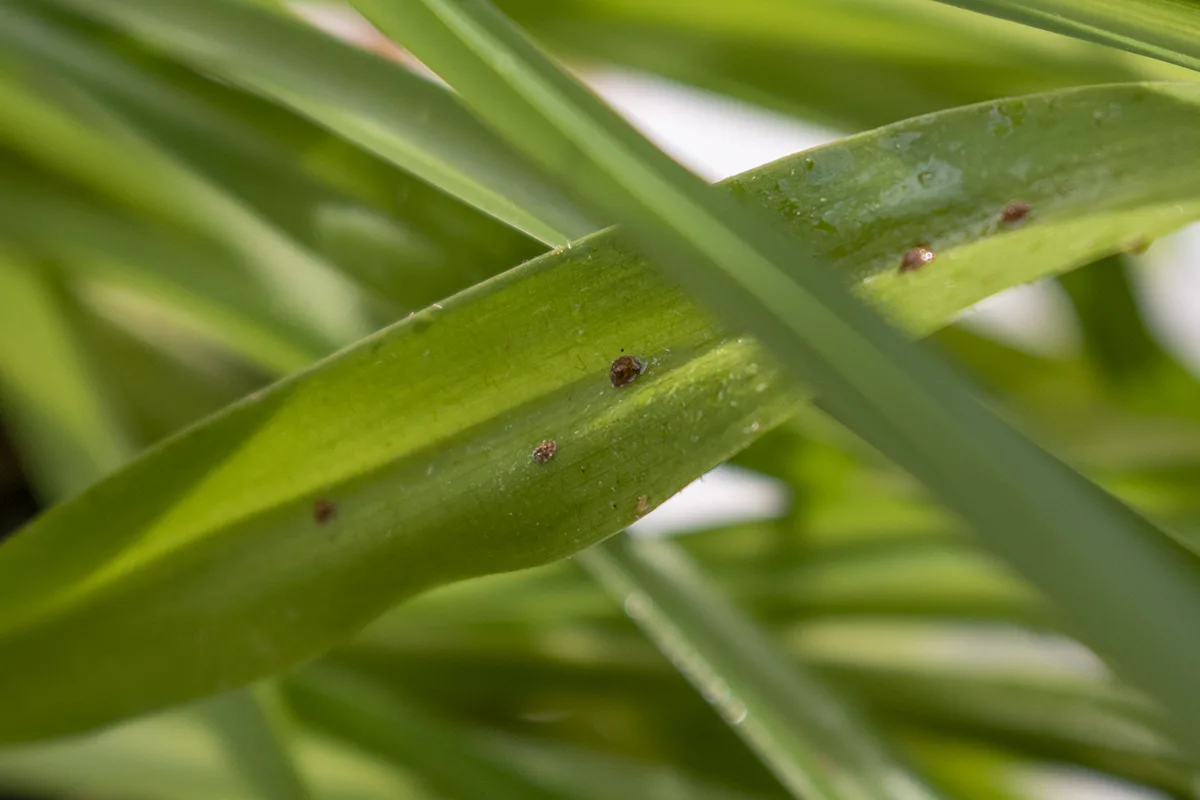
Scale is weird. The first time you encounter it, you probably won’t even notice it.
You’ll be watering your plant and see this funny brown bump on a stem or leaf and won’t think anything of it. Until you water your plant the next time and notice those little brown bumps have multiplied. At this point, you’ll grab your phone, Google “little brown bumps on houseplant,” and then say, “Urgh. “
Yup, that’s scale. And we’re going to take a look at what it is, how it affects your plant, and most importantly, how to get rid of it.
What the Heck is Scale Anyway?
As I’m sure Google Images has made you aware, scale is a type of insect. Gross, I know, but those funny, woody-looking bumps on your plant are actually bugs.
And by the time you can see the large brown bumps, you know there are dozens more, smaller ones that you can’t see feasting on your precious plant.
Okay, Tracey, but what are they? (Aside from creepy.)
The most common scale you’ll encounter on your houseplants is Coccus hesperidum or common brown scale. They’re a type of sap-sucking insect, much like aphids, that feed off of your plant.
Their life-cycle is around 60 days, and like aphids, they produce honeydew, which can make a real mess depending on how long they’ve been hanging out on your plant.
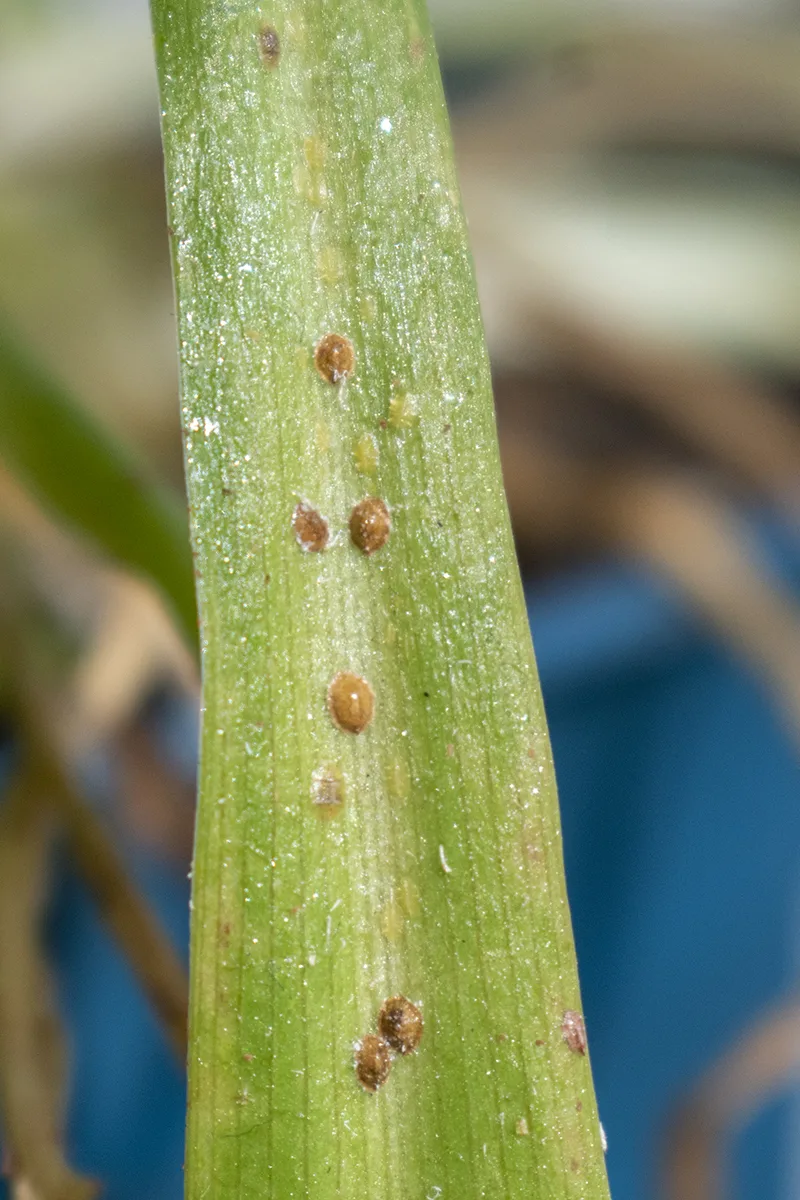
How Can I Tell If I Have a Scale Infestation?
As we’ve already noted, the most obvious sign is the mature bugs themselves. Look closely at the stems, and you may see the tiny nymphs crawling around as well.
If you notice sticky, shiny spots on the leaves of your plants, it’s a pretty good indicator that you’ve got scale. Check the surface your plant is sitting on and any furniture or windows close by, and you may notice tiny sticky dots there too.
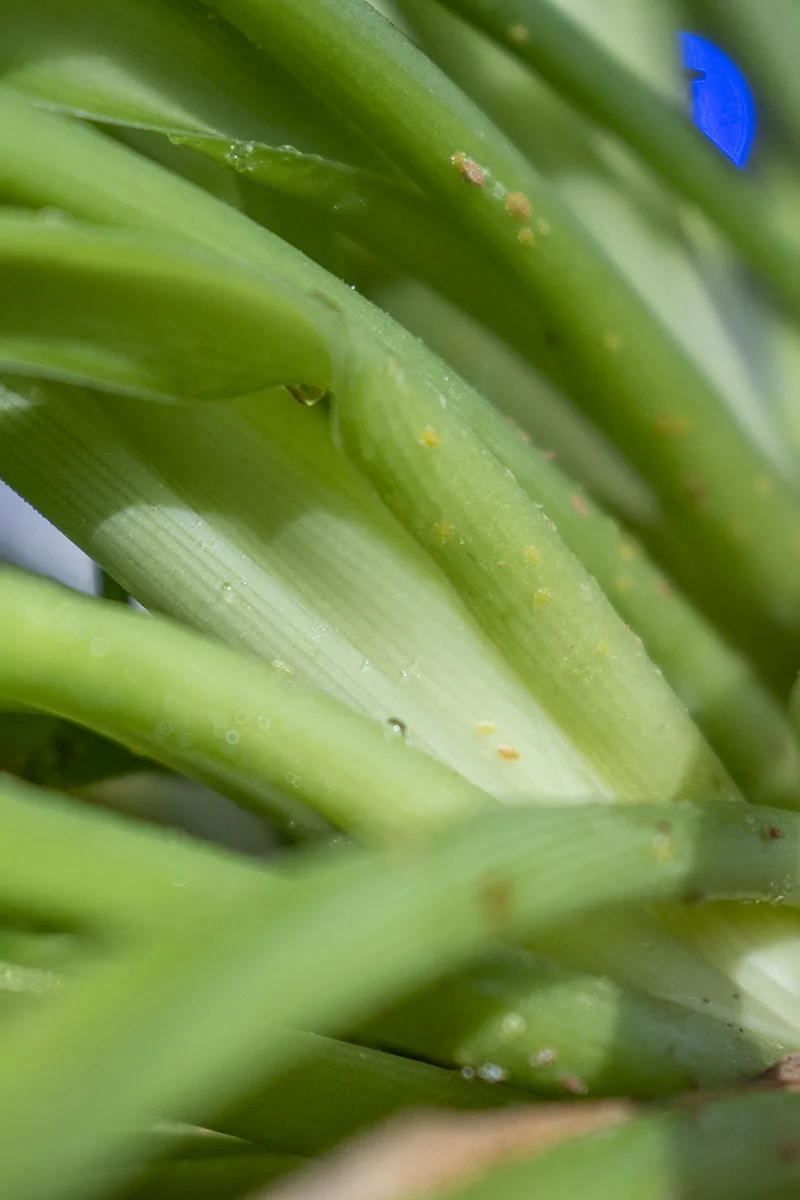
Joy.
What Do They Do to My Plants?
These minuscule bugs cover themselves with a waxy substance as they grow, protecting them from predators and most pesticides and effectively gluing them to your plant. While a few scale won’t cause lasting harm to your plants, it’s rare that it ever stays just a few. Over time they cause yellowed leaves, pitting and brown spots and, in a severe infestation, the death of your plant. So, it’s important to take care of scale as soon as you find them.
How to Ged Rid of Scale On Houseplants
First, let’s talk about the one thing I see all over the internet that you don’t need to do.
Put the Rubbing Alcohol Away
So, here’s the thing, folks. I’ve lost track of the number of articles I’ve seen on the internet telling people to use rubbing alcohol to clean scale off of their plants.
On behalf of your houseplant already being attacked by tiny bugs, let me say, please, please don’t do this. It baffles me the number of times the internet suggests putting straight alcohol on or in plants’ soil.
Here’s why it’s a bad idea.
Alcohol is a harsh chemical that is incredibly drying. Think about when we use it – only for first aid and where it’s needed.
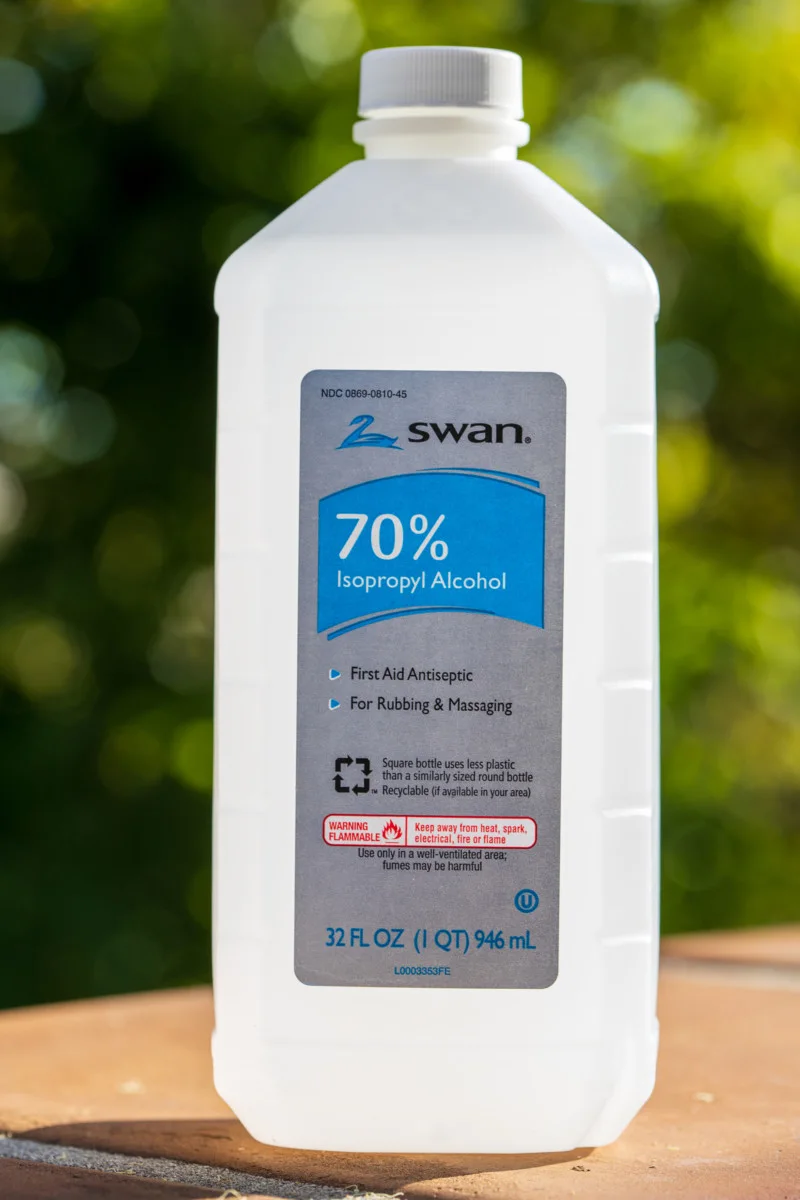
Your plant is under duress, and you’ll be causing it further damage. If the alcohol is strong enough to break down the wax of the scale and remove it, imagine what it’s doing to your plant’s tender leaves. You’ll also kill any beneficial microorganisms that are present on your houseplant.
Plus, it’s unnecessary; a cotton pad soaked in warm water will remove the scale just as easily without the use of chemicals.
The one area where I would recommend using alcohol is around the rim of your pot. This won’t hurt your plant and will kill any scale hanging out on the edges. Soak a cotton pad or ball in rubbing alcohol and wipe down the outside and the rim of your pot.
Related Reading: 6 Popular Tips That Are Actually Killing Your Houseplants
3 Step Process for Dealing with Scale
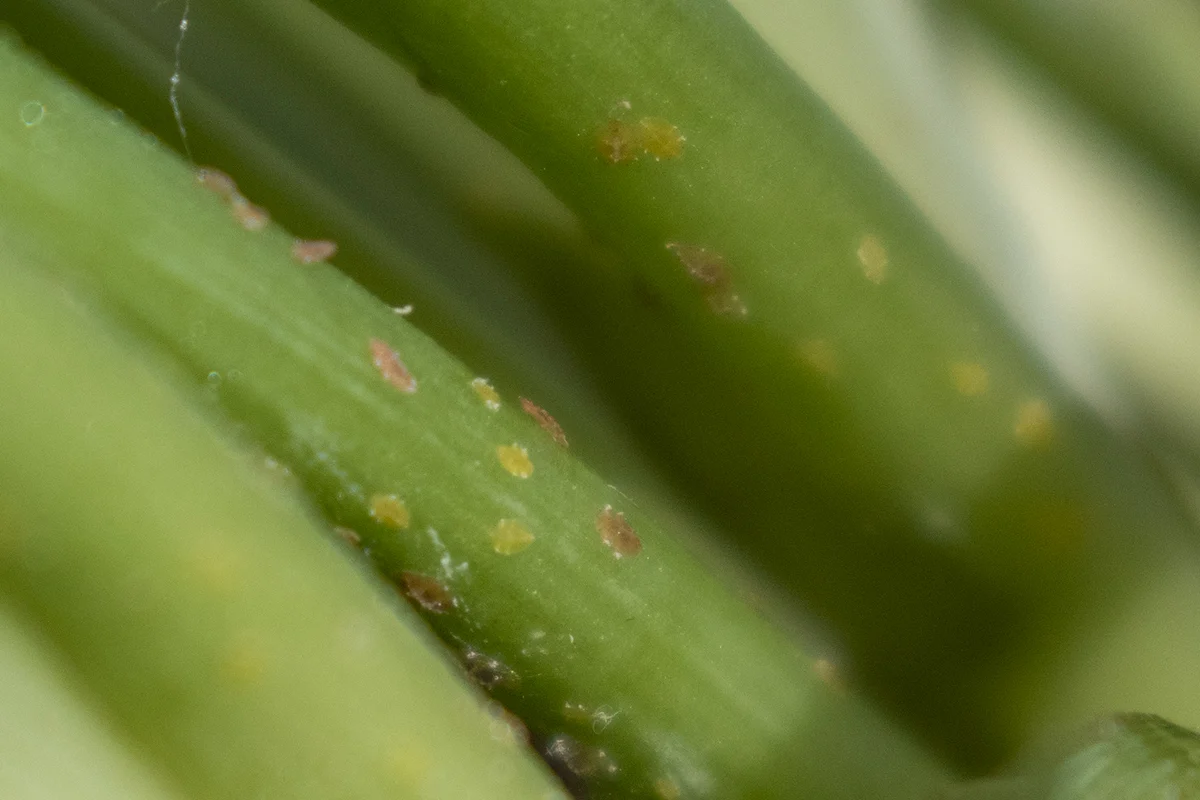
1. Quarantine
The first thing you need to do is move the infected plant away from other plants. Check other nearby plants for signs of scale as well. Wipe down the surface the plant was sitting on with warm water and mild soap to remove all of the sticky honeydew.
It’s also a good idea to make a decision right now whether or not you want to make the effort of getting rid of scale. If the plant is too far gone or the infestation is significant, you may want to save yourself the headache and pitch the plant.
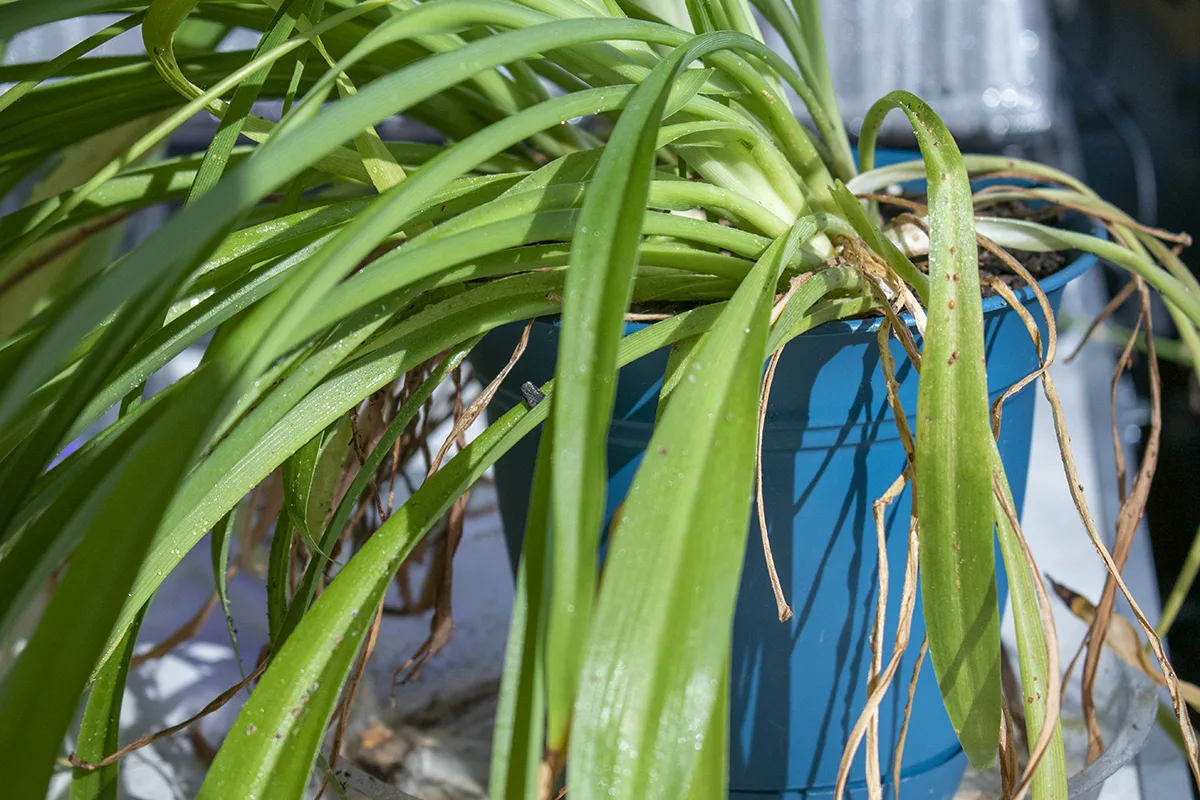
If that’s the case, be sure you clean up the area around the plant afterward and wash your hands well before handling your other plants.
If the scale isn’t too bad, we’ll move on to the next step.
2. Clean
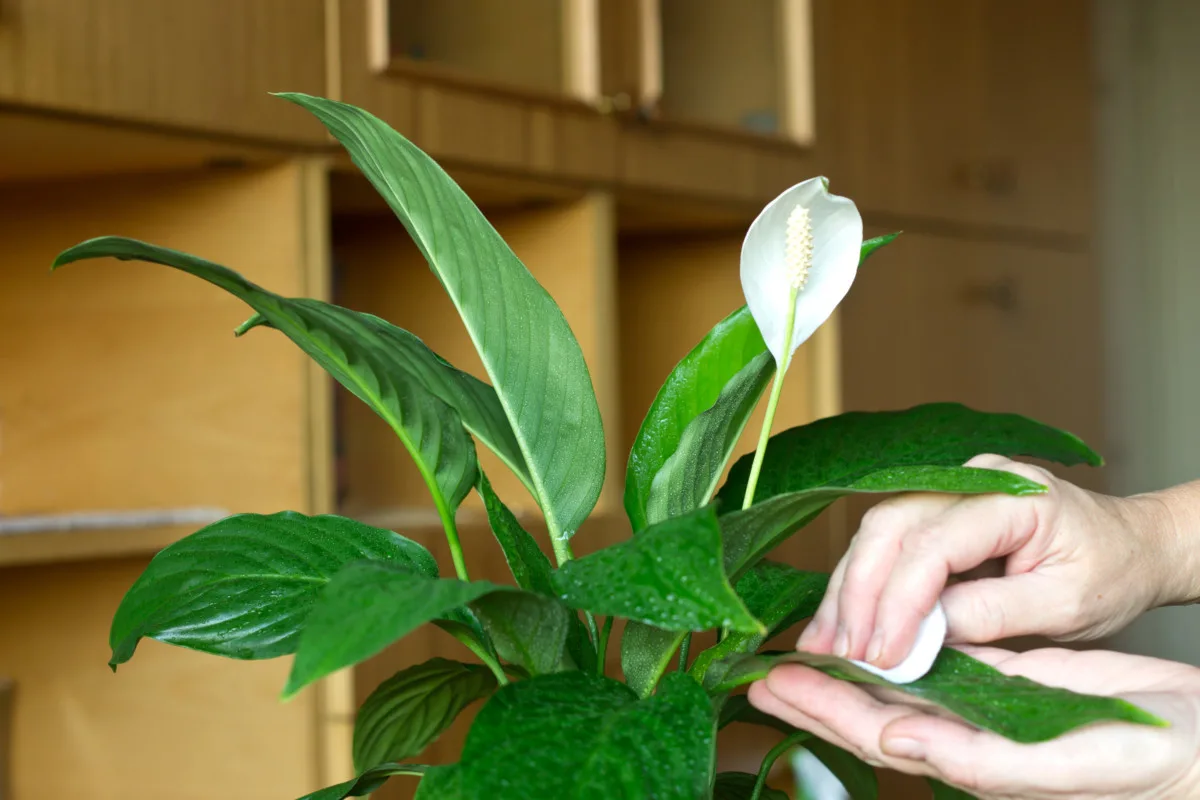
You need to remove the scale from your plant. That’s really the only way to deal with it. As mentioned above, rubbing alcohol is commonly suggested, but we’re not going to use that because it’s too harsh.
Instead, we’re going to use something so much better – worm casting tea
Put a little warm water on a cotton pad or ball and use it to wipe down the entire plant. Make sure you wipe the undersides of the leaves too. You can use your fingernail to lift the larger scale from leaves. The warm water will help to loosen them.
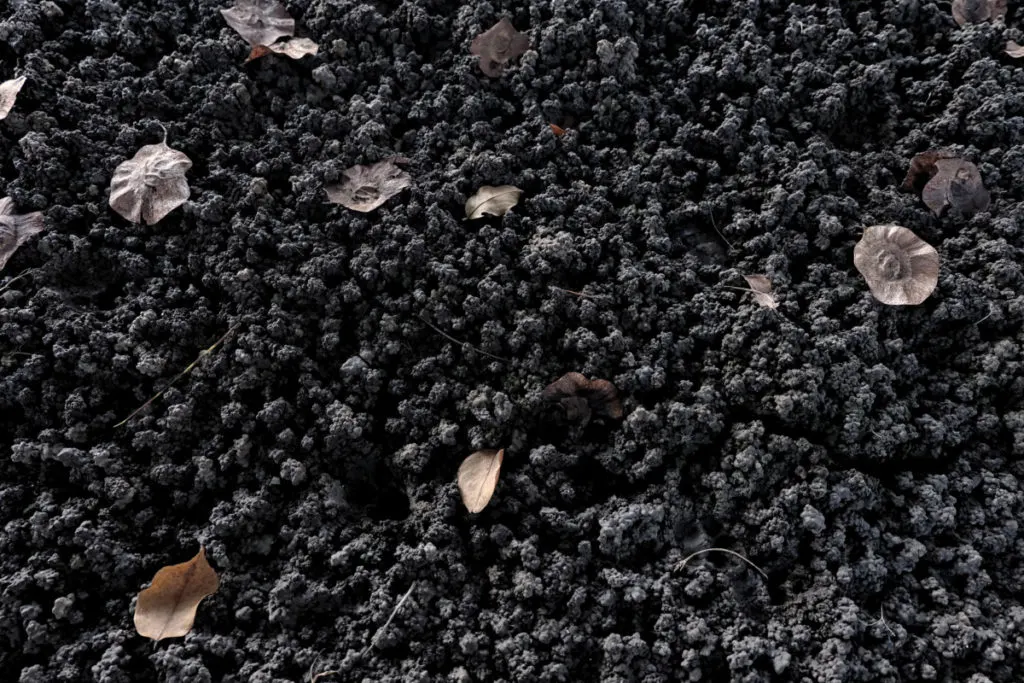
I won’t go into detail here about the amazing stuff that is worm castings, you can read all about them here, but in a nutshell, they are one of the best all-natural fertilizers you can find. And worm castings have a naturally occurring compound that breaks down the outer coverings of soft-bodied pests like spider mites, aphids, and, yes, scale causing them to dry out and die.
This is the stuff you want to cover your entire plant in, not rubbing alcohol. It will make your plant healthier while killing the scale.
To make worm casting tea, soak ½ cup of worm castings in a quart of warm water overnight. In the morning, strain through cheesecloth or a coffee filter. Use this at full strength when wiping down your plant with a cotton pad.
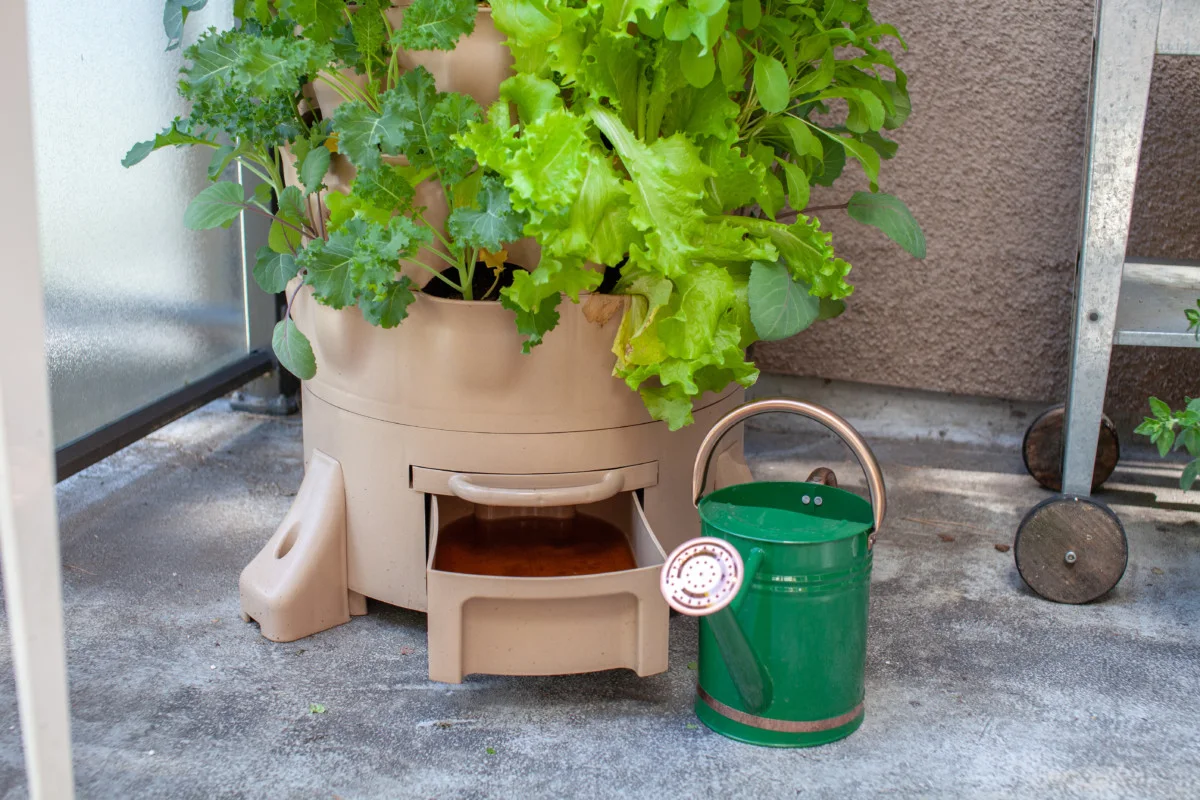
It’s important to be thorough and make sure you get off all the scale you can see. Get down the stem near the soil too. A small cotton bud soaked in worm tea works well for tight spots.
Once you’ve cleaned all of the visible scale from your plant, it’s time to treat it.
3. Treat
You’re going to make a foliar spray for your plant using worm tea and mild soap. Dawn liquid dish soap or unscented liquid castile soap like Dr. Bronner’s work well. You’ll also need a large spray bottle to mix it in.
To the spray bottle, add:
- 1 tsp mild liquid soap
- 1 cup of worm tea
- 1 ½ cups of water
Put the spray bottle cap on and shake it up. You’ll want to do this next step outside or in your bathtub as it will get quite messy.
Spray the entire plant down with the soapy foliar spray you’ve just made. You want the whole plant to be dripping with the spray. Get under the leaves as well. It’s important to spray the soil’s surface as well, but you don’t want it to be soaking wet.
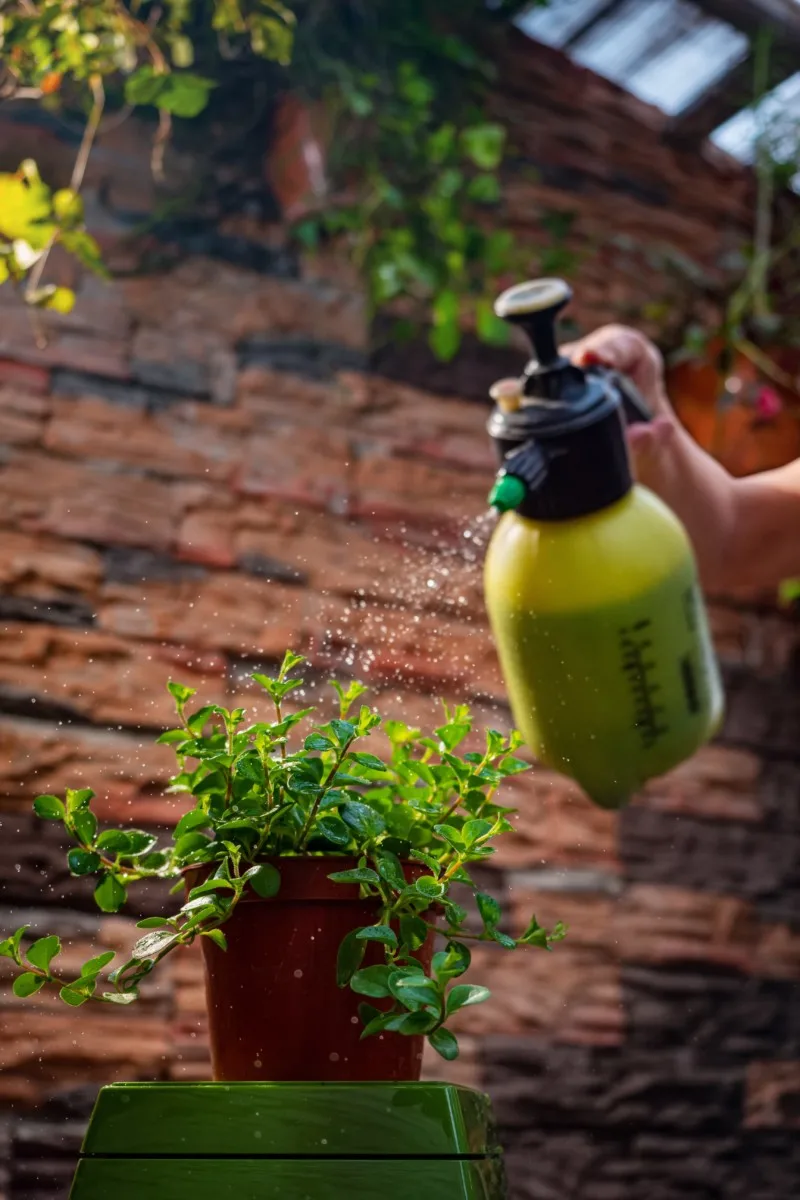
Once the plant is completely drenched, let it drip dry before returning it to quarantine.
Reapply the soapy foliar spray once a week for a month, and check the plant regularly for scale signs. You want to disrupt their life-cycle and kill them off. Now you can see why some folks choose to ditch the plant rather than invest the time ridding it of the scale.
Always wash your hands after you treat your plant to prevent spreading scale to your other plants.
After several weeks of this treatment, you’ll want to rinse the plant’s leaves off thoroughly to remove any soapy residue.
I find the easiest way to do this is to put the pot in a plastic grocery bag and tie it closed gently but snuggly at the base of the plant. Then you can spray the plant down with a showerhead, faucet sprayer or a misting wand attachment on a hose.
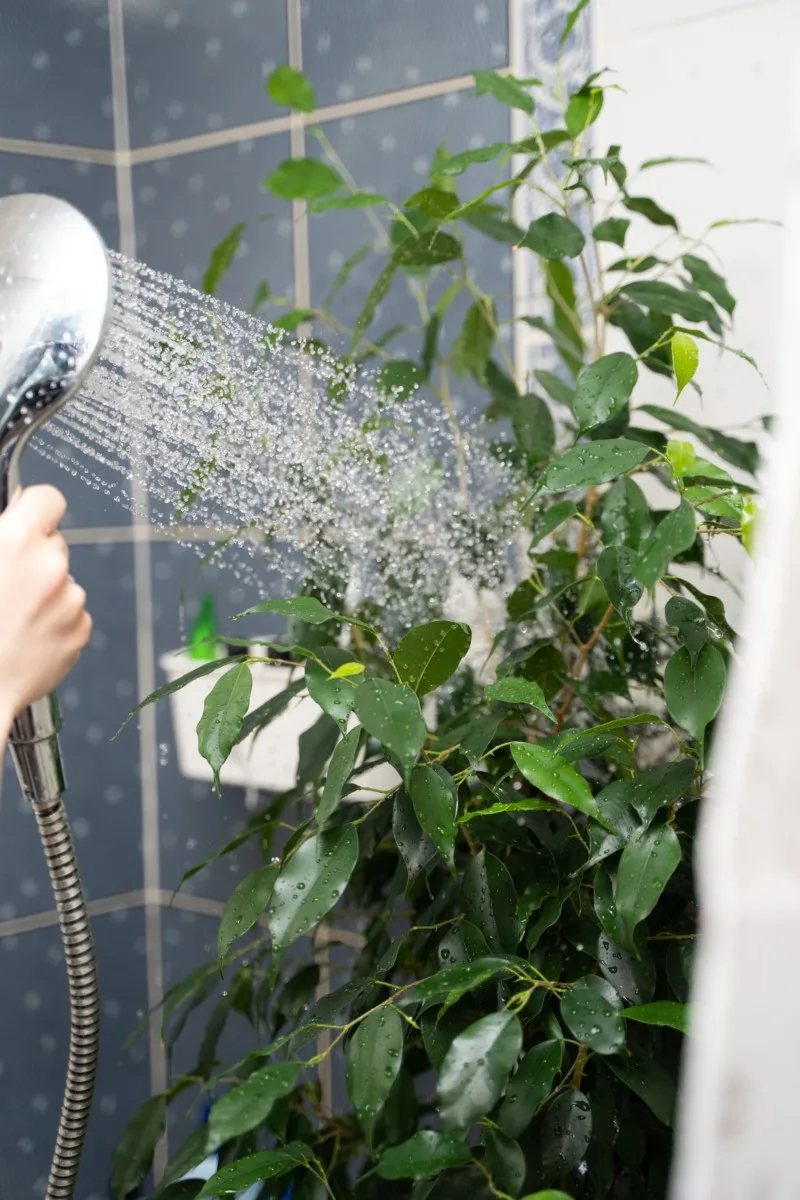
Use room temperature to warm water, never cold.
Preventing Scale
Scale is a pain in the butt to deal with, not necessarily because it’s hard to kill but because it’s time-consuming. The best way to deal with scale is to prevent an infestation in the first place.
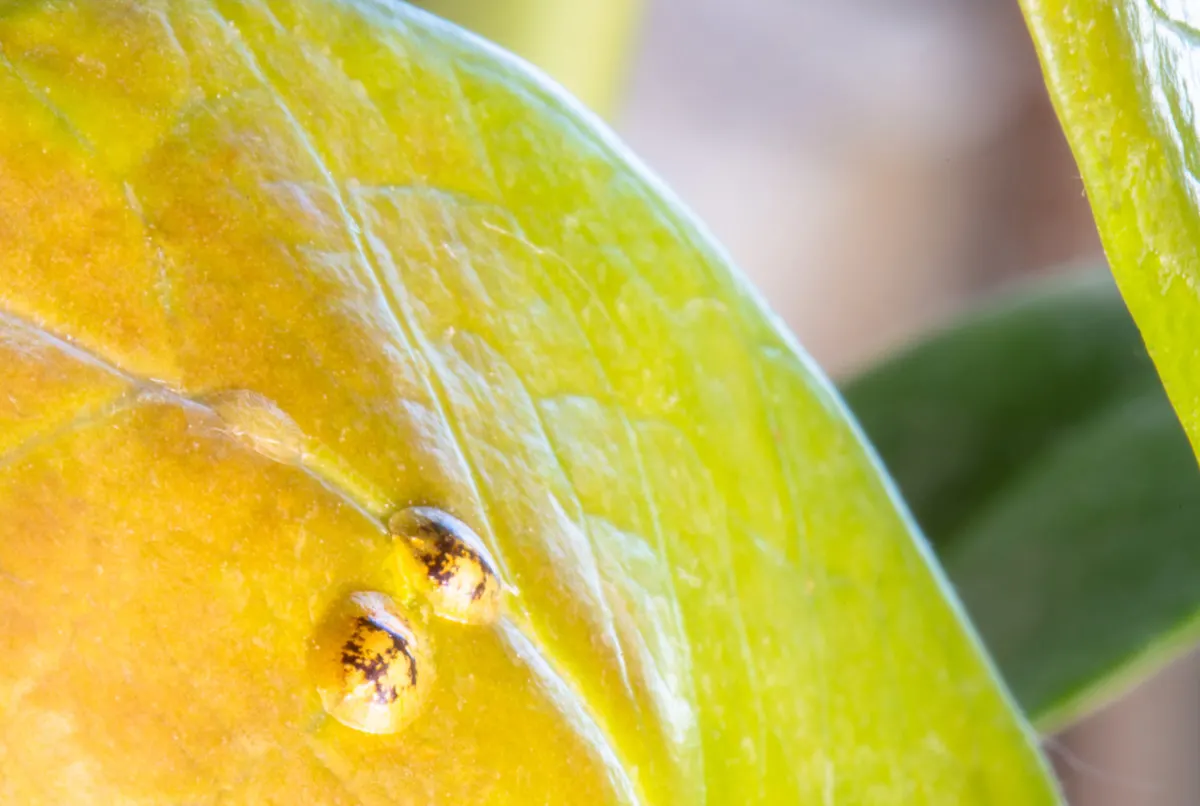
Always check new plants for the telltale signs of scale, like honeydew spots, before you purchase them. Brown soft scale is found worldwide, so no matter where your plant came from, it could potentially carry scale.
For this reason, it’s always a good idea to quarantine new plants away from the rest of your collection for a couple of weeks and to give it a good wipe down and spray with worm casting tea when you bring it home.
For plants with larger leaves, wipe them down with a cloth soaked with worm casting tea every week or two, making sure you get the undersides of the leaves and the stems as well.
If you have larger plants or plants with lots of leaves, spray them thoroughly with worm casting tea, again making sure you get the undersides of the leaves as well.
Not only will this prevent scale, but it will make for beautiful and healthy plants.
You can also sprinkle a thin layer of worm castings on top of the soil of your houseplants. Aside from keeping soft-bodied pests at bay, it’s also a fantastic slow-release fertilizer.
Prevention is the best way to deal with all houseplant pests, which requires a little extra work. But it’s well worth it in the end.
Even with the best preventative measures, when it comes to scale, there will probably come another day when you find a tiny brown bump on your plant again. And now you’ll know what to do.

Get the famous Rural Sprout newsletter delivered to your inbox.
Including Sunday musings from our editor, Tracey, as well as “What’s Up Wednesday” our roundup of what’s in season and new article updates and alerts.

